Nearly 130 Organizations are Celebrating ISI Membership Milestones
6-December-2024
This month we’re recognizing all organizations who reached 3, 5, and 10-year membership milestones with ISI in 2024. These companies and public agencies are committed to implementing more sustainable, equitable and resilient infrastructure projects with ISI and Envision.
Envision enables organizations to go beyond traditional minimum project requirements and focus on the areas that are critical to their long-term success, including: human well-being, mobility and access, community development, economic development, leadership, planning, collaboration, materials, energy, water, siting, conservation, ecology, emissions, and resilience.




